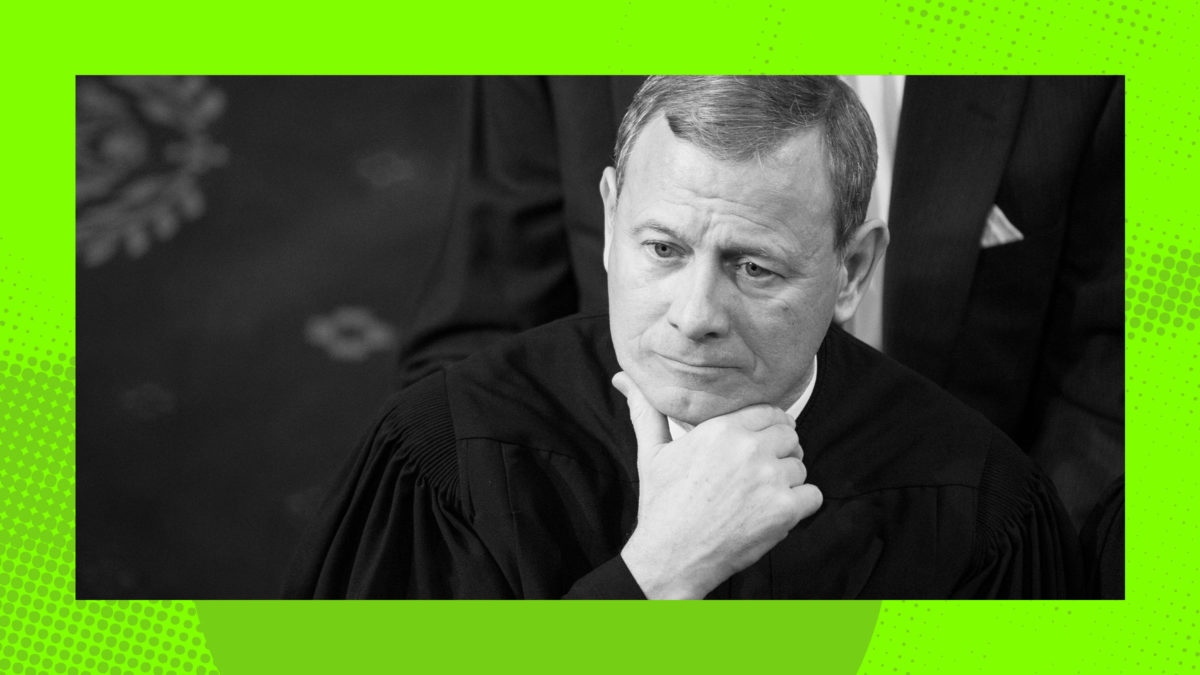On Monday, for the first time in its multi-century history, the Supreme Court released something that resembled a code of conduct. The fifteen-page document is largely a watered-down version of the existing code that applies to all other federal judges, plus a few generous exceptions and minus any consequences, as my colleague Jay Willis and I explained earlier this week. The document also explains how the justices “adapted” that code “to the unique institutional setting of the Supreme Court”—a judicial body too special to be subject to meaningful ethical constraints.
The code acknowledges that justices should recuse themselves from cases when their “impartiality might reasonably be questioned.” Yet its attached commentary repeatedly suggests that recusal harms the Court’s decision-making because of its uniquely small membership. “Lower courts can freely substitute one district or circuit judge for another,” the justices write, but “the Supreme Court consists of nine Members who sit together.” The commentary continues, quoting a 1959 opinion written by Justice Felix Frankfurter: “The loss of even one Justice may undermine the ‘fruitful interchange of minds which is indispensable’ to the Court’s decision-making process.”
This argument, at least, was convincing to the Washington Post Editorial Board. “Because the justices are few and their judgment is final, any one’s stepping aside could mean drastically different outcomes in crucial cases,” the Board wrote in a cautiously optimistic assessment on Tuesday. “The bar for sitting out a case ought to be higher for justices than for their lower-court colleagues, and the code says so.” Apparently, it is worse for a case to be heard by an impartial understaffed Court than an ethically-compromised Court of nine.
To the extent that this is really a problem, there is a simple fix: adding more justices. Court expansion would allow the justices with conflicts of interest to freely recuse themselves without compromising the Court’s decision-making. Congress has the power to change the size of the Court, and has done so seven times. Further, the current membership of the Court does not come close to representing the full universe of lawyers capable of doing the job. The commentary claims that “much can be lost when even one Justice does not participate in a particular case.” By the same logic, much can be gained by adding even one (or several!) more.
The argument that the Court’s size excuses a justice’s failure to recuse depends on the assumption that the Court would otherwise be too starved of capable decisionmakers to properly function. But the Court’s real-world applications of this principle are exactly what gave rise to the Court’s crisis of public confidence. The justices are not so individually important that Clarence Thomas had no choice but to participate in a case related to his wife’s involvement in attempts to overthrow a presidential election. Their personal contributions are not so invaluable that Samuel Alito simply must hear the upcoming argument in Moore v. United States, even though the Moores’ attorney recently conducted multiple interviews of Alito for The Wall Street Journal that are more hagiography than journalism.
Weak as these recusal provisions are, the code goes on to lay down a rule that allows the justices to ignore them entirely: Justices can elect not to recuse even in situations where their impartiality is in doubt, the code explains, because “the rule of necessity may override the rule of disqualification.” No such necessity exists. Supreme Court justices are not a limited resource. Congress enacted a statute that artificially constrains the Court’s size, and could enact a new statute to remove that constraint. The solution to too few qualified justices is adding more qualified justices, not permitting justices who should recuse to stick around.



